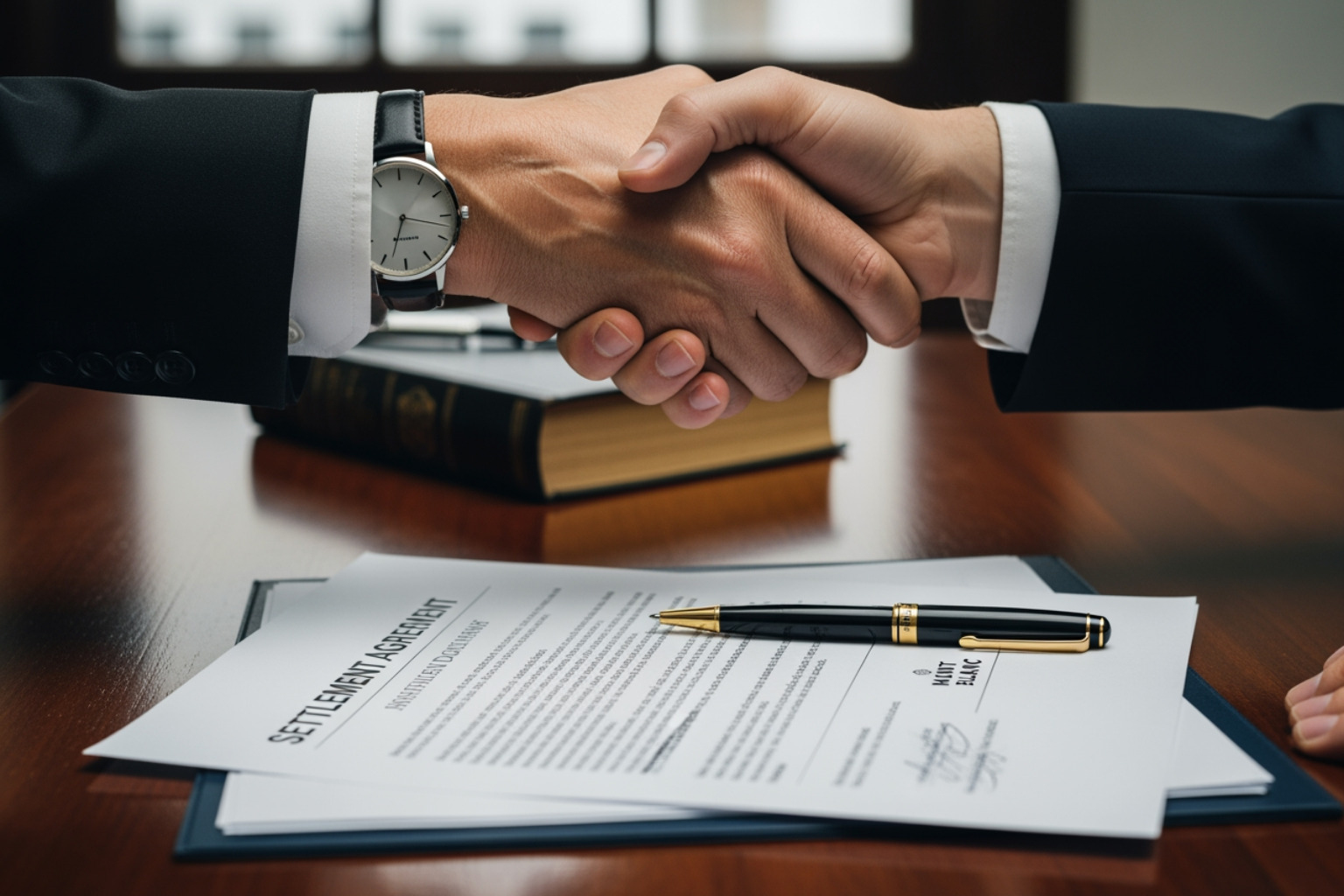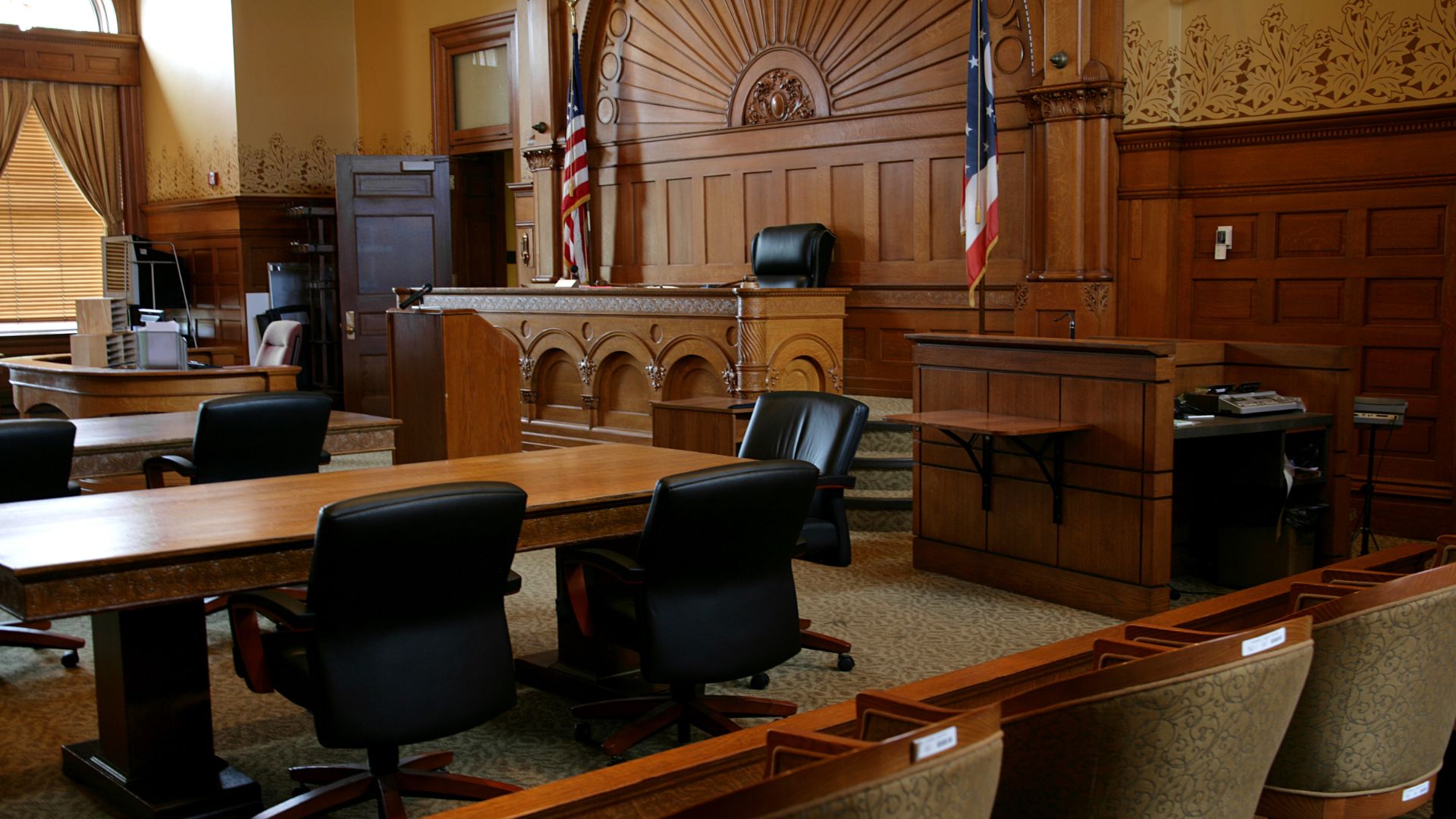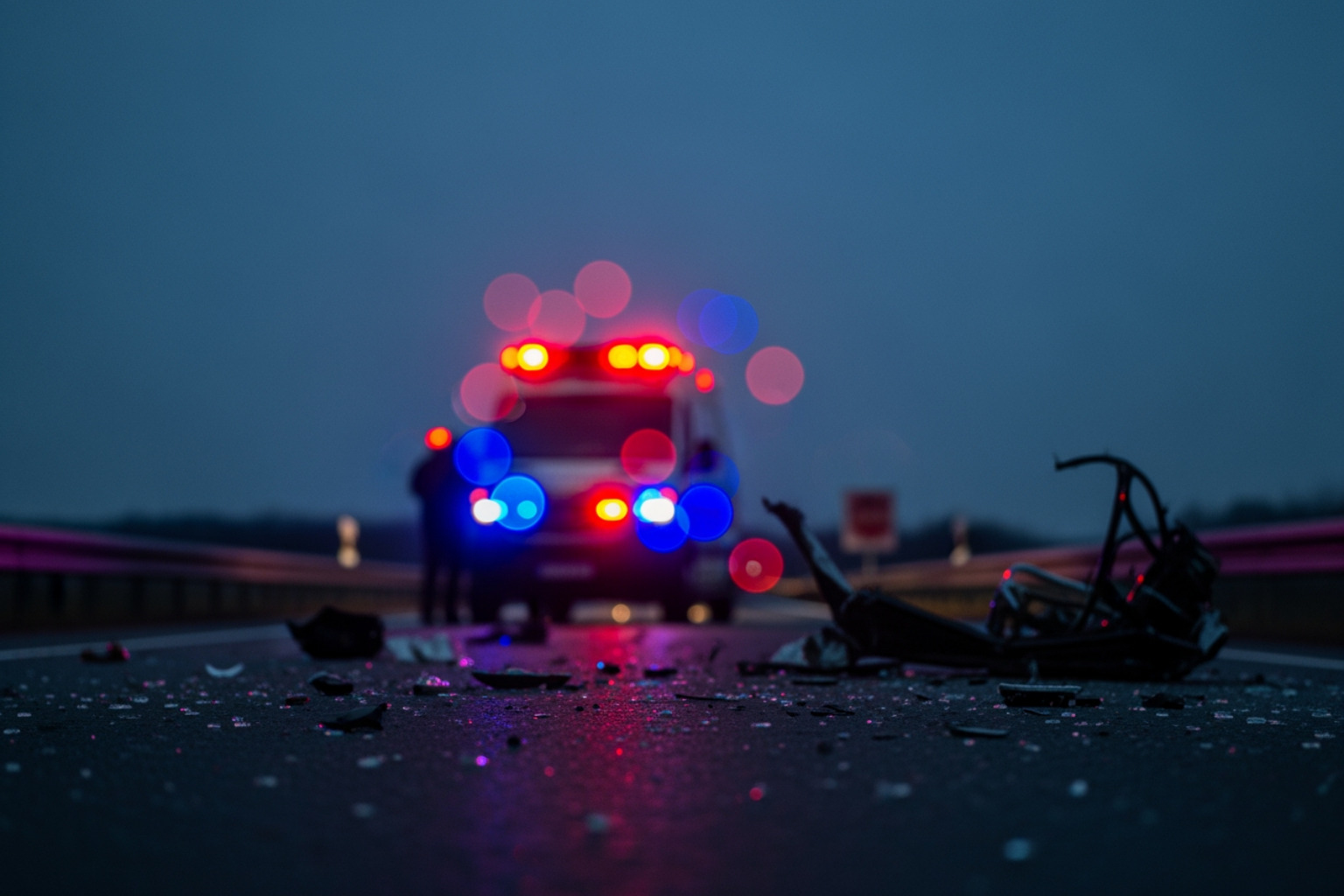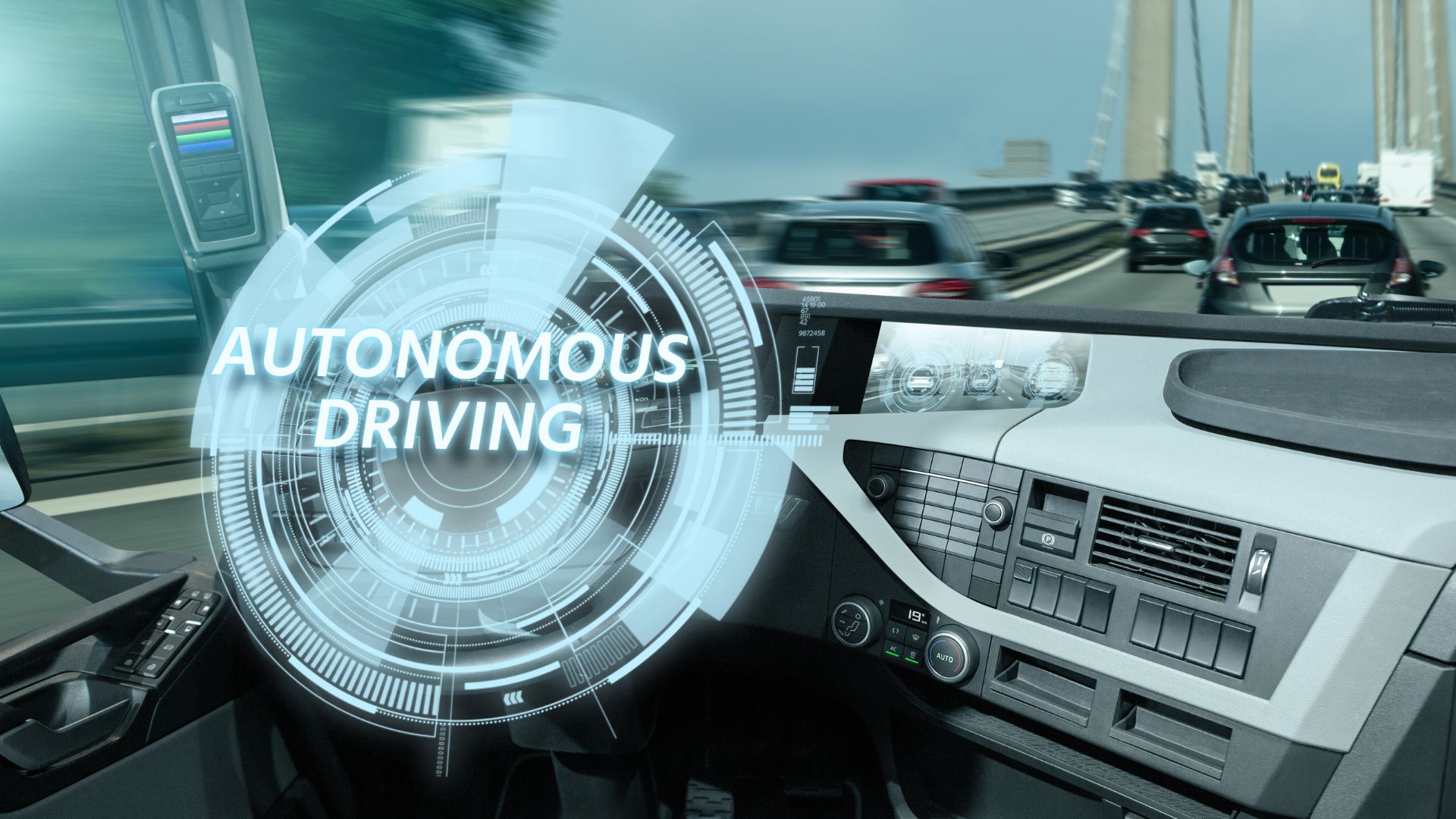A self-driving crash is not a routine fender bender. It is a high-stakes case with deep technical proof and real human loss. If a machine or its maker played a role, your self-driving car accident compensation should reflect every dollar the crash will cost you, today and for the rest of your life.
Below is how the money is calculated and why it can be very different from a standard wreck.
Start with the Two Pillars of Damages
Every case begins with two categories. Economic losses and non-economic losses. Together they form the backbone of lawsuit compensation.
Economic losses are the bills and paychecks you can count.
- Medical care already incurred.
- Future medical care based on a life-care plan.
- Lost wages and benefits to date.
- Loss of future earning capacity if injuries limit your career.
- Household and transportation costs tied to the injury.
- Property damage and replacement costs.
Non-economic losses are the human harms you feel every day.
- Pain and suffering.
- Emotional distress and trauma.
- Loss of enjoyment of life.
- Loss of consortium for a spouse in serious cases.
A strong case proves both. The numbers and the human story.
The Special Layer in Self-driving Cases
When automation fails, product liability enters the picture. That can expand self-driving car accident compensation beyond ordinary claims.
Your recovery may include damages tied to the design, testing, warnings, or marketing of the system. If evidence shows the company knew of hazards and did not fix them, a jury can also consider punitive damages. Punitive damages punish reckless conduct and deter repeat behavior.
How the Future is Priced Today
Future losses are often the largest part of lawsuit compensation. We prove them with experts and credible projections.
- Life-care planning. A rehabilitation expert maps out future surgeries, therapies, medications, mobility aids, home modifications, and attendant care.
- Economic modeling. An economist converts that plan into dollars, accounts for inflation in medical costs, and discounts to present value.
- Vocational analysis. A vocational expert shows how injuries affect your ability to work, retrain, or remain in your field, then quantifies the gap in lifetime earnings.
Courts and insurers take these models seriously when they are built on medical records, physician opinions, and real pricing.
Methods Used to Value Non-economic Harm
There is no single formula for pain and suffering, but two methods commonly shape negotiations and verdicts.
- Multiplier method. Medical specials are multiplied by a number that reflects severity, permanence, and impact on daily life.
- Per-diem method. A daily value is set for your pain and loss, then applied for the period of recovery or for life in catastrophic cases.
Juries look for honest, specific proof. Photographs over time. Treatment notes. Testimony from family and co-workers. A clean, credible story moves numbers.
Fault can be Shared and Money Follows the Percentages
In self-driving cases, fault can be split among several players. The human driver. The vehicle manufacturer. The software provider. A maintenance shop. Another motorist.
Your compensation is affected by how a jury assigns percentages of fault. Skilled lawyering matters here. We show how the system behaved, what it should have done, and how design choices set the crash in motion.
Wrongful Death and Catastrophic Injury
When a life is lost, the family can seek damages the law allows, which often include the full value of the life of the decedent and certain estate claims. In catastrophic injury cases, compensation must cover lifelong care, medical technology, and lost independence. These numbers are built with specialists and anchored in evidence, not guesswork.
Evidence that Moves the Needle
Self-driving cases rise or fall on data and expert work. Here is what typically drives value.
- Vehicle event data and system logs that show what the machine saw and decided.
- Engineering and human-factors analysis that explains failures in plain language.
- Medical proof that ties injuries directly to crash forces.
- A clear damages package with bills, plans, projections, and credible witnesses.
The better the evidence, the stronger the lawsuit compensation demand.
Settlement, Verdict, and Structure
Money can come by settlement or verdict. Some clients choose a lump sum. Others use a structured settlement to guarantee income over time or to fund future care. Structures can protect benefits and smooth out taxes in certain situations. Many injury recoveries for physical harm are not taxed, but punitive damages and interest can be. Always confirm with a tax professional.
Lien and Reimbursement Issues
Health insurers, hospitals, and government programs may claim reimbursement. Smart negotiation of these liens protects your net recovery. We address liens early so you keep as much of your self-driving car accident compensation as possible.
Let Cheeley Law Group Help
Compensation is not a number pulled from a chart. It is the story of your losses told with receipts, records, and expert truth. In a self-driving case, that story must also expose what the machine did, why it failed, and how corporate choices put you in harm’s way.
At Cheeley Law Group, we build cases for trial from day one. We bring in the right experts, lock down the data, and push for the full measure of justice the law allows. If automation hurt you or your family, call us. We will fight for every dollar you are owed.
To better understand how these damages are calculated and why autonomous vehicle crashes often lead to significant recoveries visit our Self Driving Vehicle Accidents practice page. It outlines our approach to building these high stakes cases and proving every dollar of loss.





